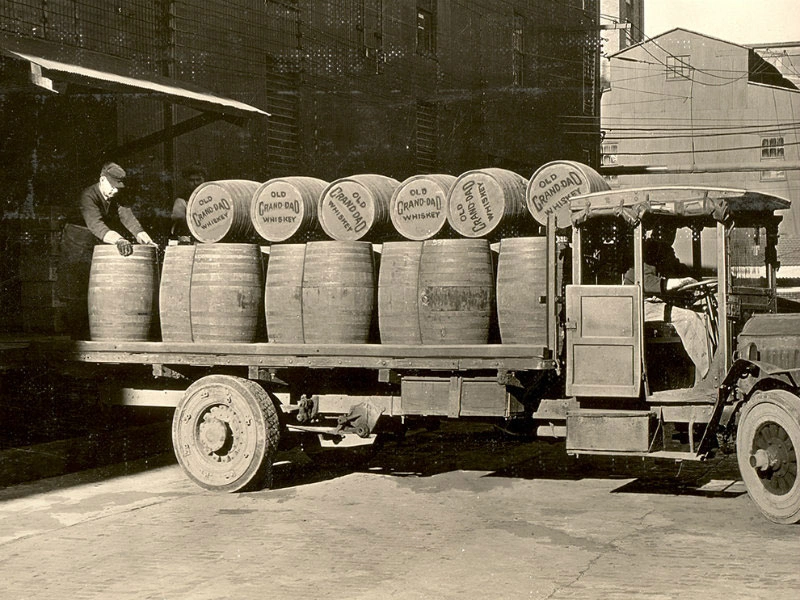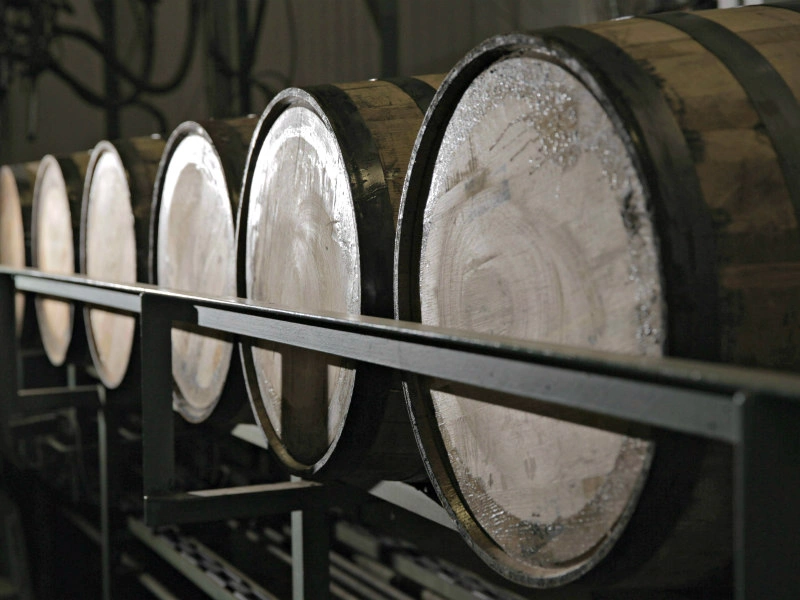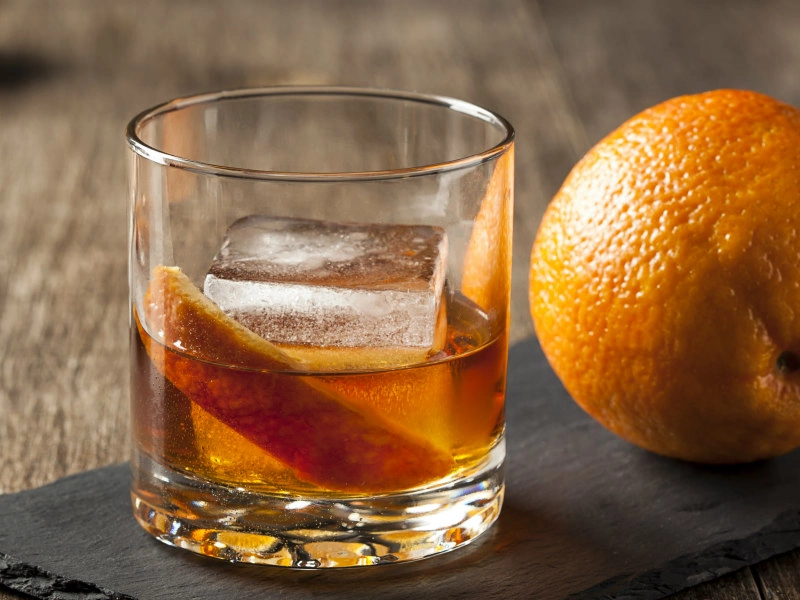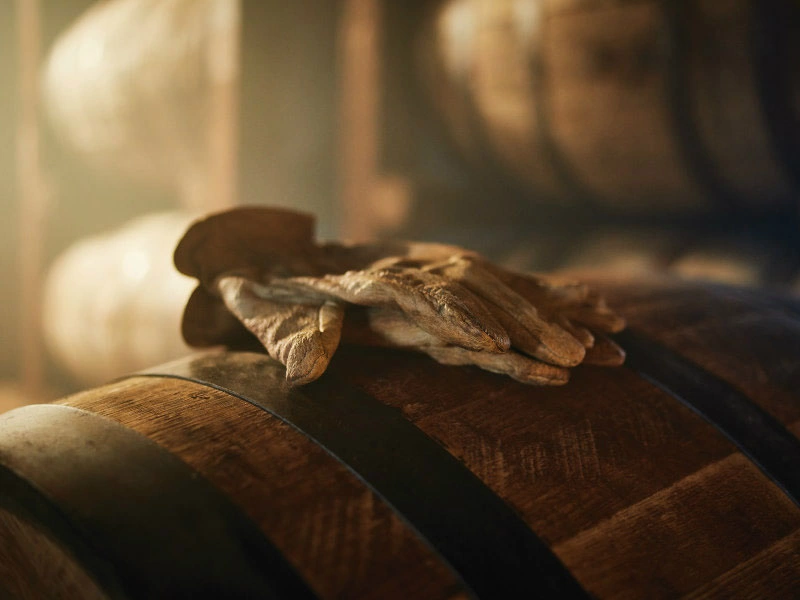History of Bourbon
From presidential admirers to being stifled by production, Bourbon’s past is checkered. How did America’s spirit go from being born of necessity to supplement rum production, to now having over 1400 craft distilleries across all 50 U.S states?

Early Days
Bourbon history has always been one of ingenuity. Initially, distilled corn and grain was crafted out of necessity when in the 1700’s, the revolutionary war with the British hindered the sugar trade and local rum production.
Many distillers in the 18th century moved to parts of the U.S that were sympathetic to tax breaks for distillation, including Kentucky. Kentucky was not only generous in their allowance for free-wheeling spirit experimentation, but also a handy proximity to clean water and optimal corn-growing conditions from the Ohio River Valley.
At the time, production was resigned to limited parts of the US due to this hated bourbon tax. The most prominent of all distillers was the President himself, George Washington, who owned the largest distillery in the US at the time, at Mount Vernon.
Tax on Bourbon!
Early in the 19th century, bourbon had one of its biggest breaks to date, with president Thomas Jefferson abolishing the bourbon tax. This allowed distilleries to grow outside of Kentucky, promoting a craft and experimental bourbon movement throughout the entire U.S.
By the 1830s, whiskey had well and truly become a craft. Not only were distillers paying close attention to what was used for maturing their product, but they were also starting to start branding their names on the butts of barrels to indicate provenance and quality. At the same time, an Irish inventor Aeneas Coffey had patented the Coffey Still an innovative way of distilling fermented grain mash. The birth of the continuous still provided a more cost-effective and efficient alternative to pot distillation.


The Birth of the Old Fashioned Cocktail
By 1835, ‘the father of modern bourbon’ James Crow had started experimenting with the process of fermenting the entire sugary wort liquid created in the cooking process. This ‘sour mash’ would later become the signature to which all bourbon’s flavour profiles would be based.
Later in the 19th century, whiskey had become the de rigueur product for cocktail experimentation. Mixologists were now versed in creating cocktails that softened the high proof and harshness of spirits by mixing them with water, sugar and medicinal bitters. The birth of an “Old Fashioned Whiskey Cocktail” became popularised at the Pendennis Club and would be first written about in the Comment and Dramatic Times.
By the end of the 19th-century whiskey was being produced in increasing numbers and demand grew, shortcuts would be adopted by shoddy operators. Bottled in Bond Act of 1897 would establish a standard for whiskey’s production, and would mean the United State’s government would operate a guarantor of its quality.
Prohibition Time
As whiskey started to gain strides in quality, consistency and volume, the Volstead Act of 1919, or prohibition, severely stifled all local whiskey production. Prohibition would last until 1933; however, the damage done to whiskey would be long-lasting.
Whiskey eventually did start to bounce back after world war 2, and by 1964 was of such significance that Congress would declare Bourbon a “distinctive product of the United States”. This declaration would assure bourbon’s protection from imitation overseas, but also ensure a guide to its ongoing production standards.
The renaissance of American Whiskey is now full steam ahead with local whiskey production increasing by 40% from 2009-2014, and the number of American distilleries surpassing 1400.


Bourbon Production
America’s whiskey is dictated by series of rules set out to guard everything from local industry, to the integrity of the flavour, proof, and age all Bourbon must be bottled at. These regulations protect the purity of Bourbon and guard against producers taking shortcuts.
